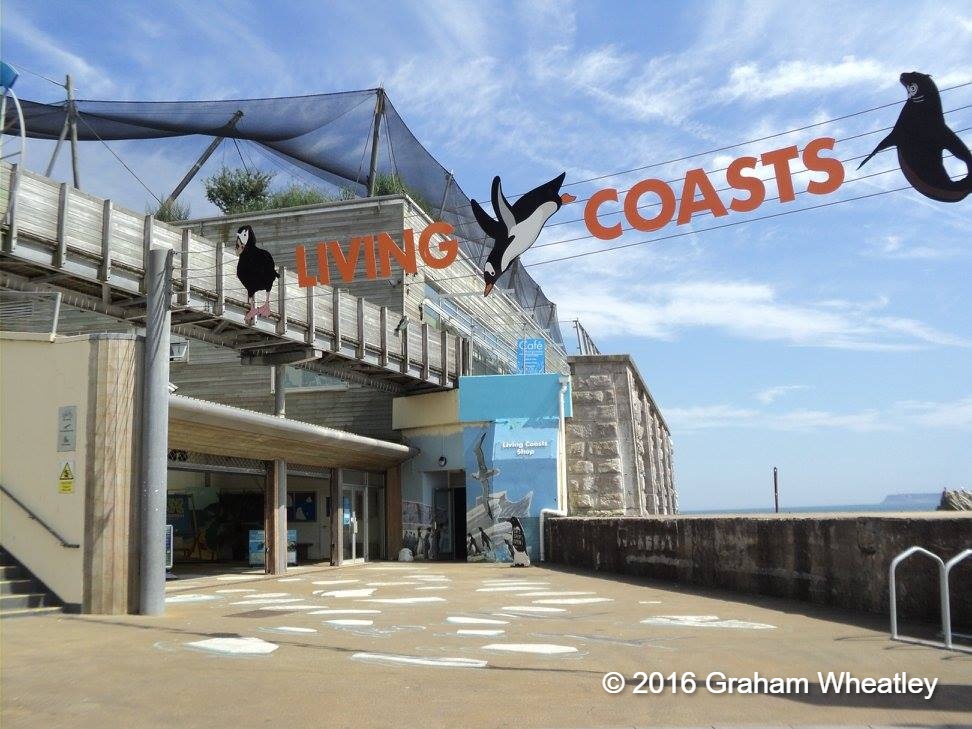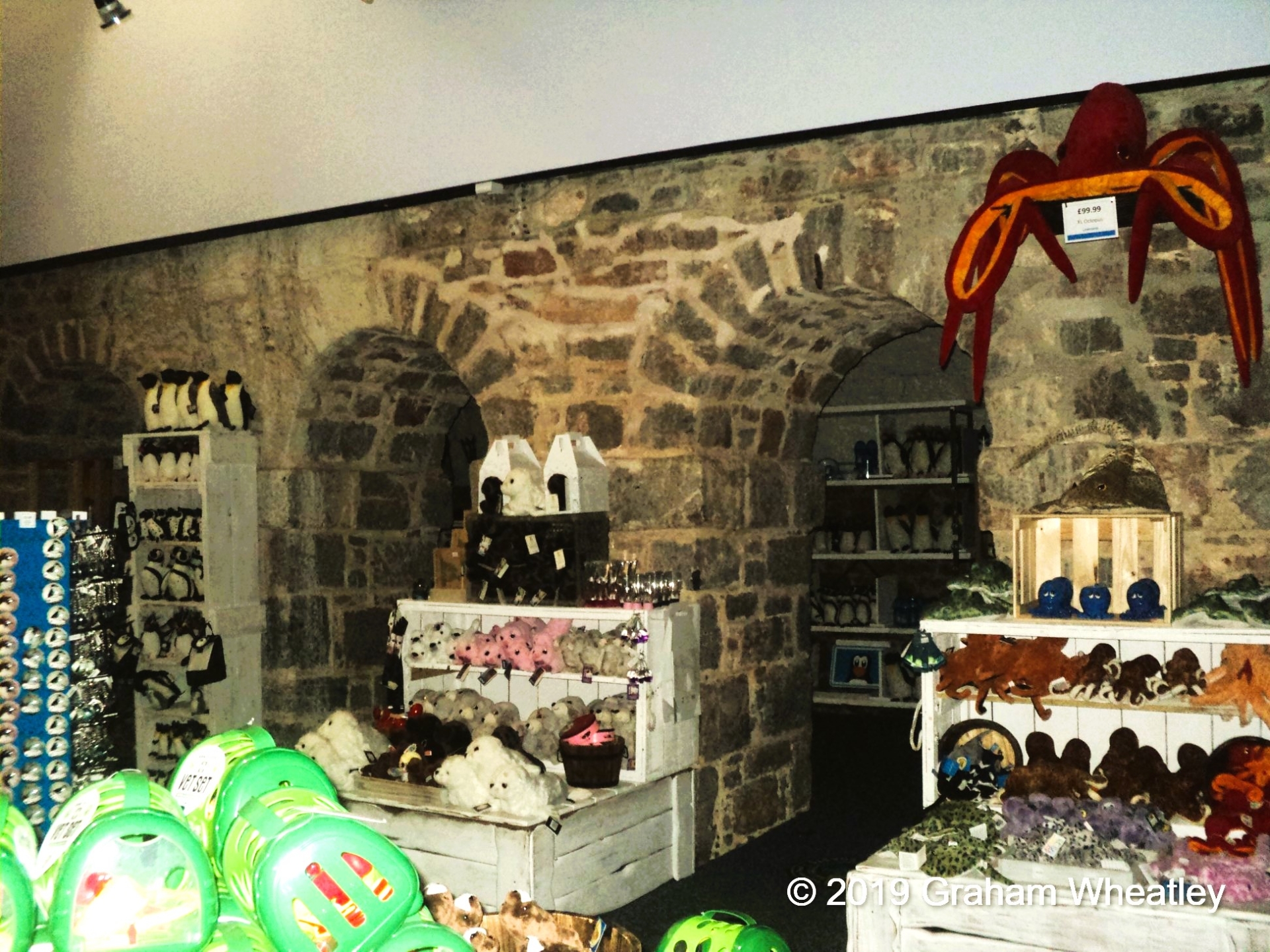
Torquay's Coral Island. Image: Torquay Museum
Living Coasts still sits rather dismally on Beacon Quay, Torquay, awaiting its next, yet uncertain, phase of life.
While its future remains unclear, historical photos — kindly provided through our partnership with Torquay Museum — offer a glimpse into the site's past when it was Coral Island which replaced the Victorian-era Torquay Marine Spa. However, the Marine Spa’s history is darker than one might expect.
The Torquay Marine Spa was a swimming and entertainment complex overlooking Beacon Cove in Torquay, Devon.
It opened in 1857 and featured a ballroom, concert hall, sunlit conservatory and public and private bathing facilities.
However, financial struggles led to it going bankrupt in 1863.
Plans for a new swimming bath began in 1910, but construction was delayed by World War I, and the pool did not open until 1916.
According to Wikipedia, two serious incidents occurred at the pool, the second of which directly led to its closure and demolition.
On September 1, 1930, 15-year-old tourist Phyllis Bastin suffered severe injuries after being sucked through an emptying pipe and carried 40 yards onto the beach below.
The pipe was covered in corroded metal and barnacles, and she spent an extended period in the hospital.
The pool was quickly redesigned, with the dangerous pipe replaced, moved to the floor of the deep end, and covered with two strong steel bars.
Between 1959 and 1965, Torquay’s Medical Officer of Health raised concerns about the pool’s outdated facilities and said that reconstruction was long overdue.
![]()
Above: Construction of a tiered car park at Beacon Quay 1961
The second tragic incident happened over forty years later, in 1971, when 11-year-old John Moran drowned after being trapped in a similar pipe.
The recovery operation took 26 hours, requiring the concrete end wall of the pool to be cut away.
With repair costs exceeding £25,000 and a new pool already planned for Paignton, the council decided to close the site permanently.
The location then entered a more familiar chapter of history.
In 1977, it was redeveloped into the £15m entertainment complex Coral Island, which struggled outside the tourist season and closed in 1988.
Following its demolition in 1997, the site was transformed into Living Coasts to be the UK’s only coastal zoo and aquarium.

Above: Living Coasts 2016. Image: Graham Wheatley
Opened in July 2003 by Princess Anne under a 125-year lease from Torbay Council, Living Coasts sadly announced in June 2020 that it would not be reopening due to financial difficulties following the Covid-19 pandemic.
Local history expert Graham Wheatley, with whom we are also grateful to be in partnership, has also researched Living Coasts.
He shared these photos in the local history group Undiscovered Torbay, one of which shows the surviving stone arches of the original Marine Spa’s sea-filled swimming pool.

Above: The Marine Spa's surviving stone arches at Living Coasts in 2019. Image: Graham Wheatley
Subscribe or register today to discover more from DonegalLive.ie
Buy the e-paper of the Donegal Democrat, Donegal People's Press, Donegal Post and Inish Times here for instant access to Donegal's premier news titles.
Keep up with the latest news from Donegal with our daily newsletter featuring the most important stories of the day delivered to your inbox every evening at 5pm.